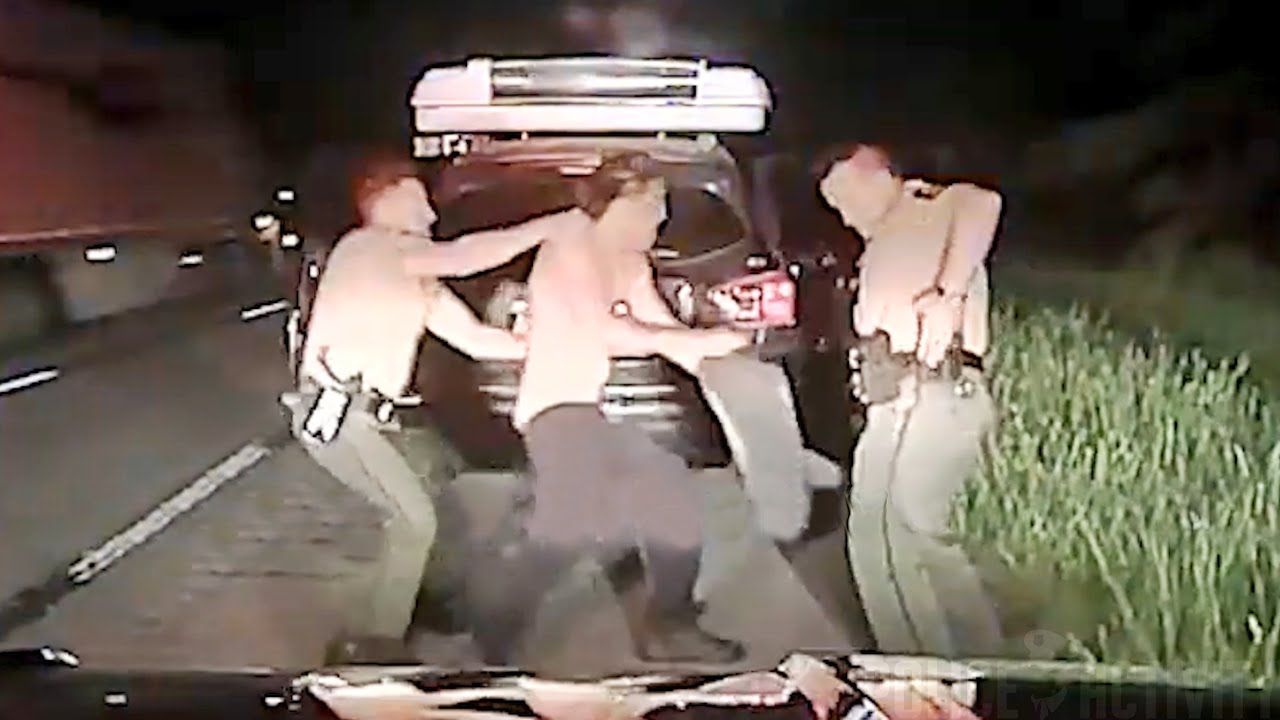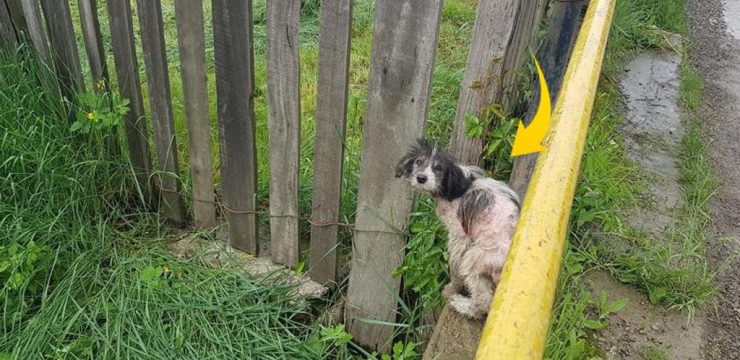It was supposed to be just another quiet night on an empty Illinois highway. The kind of night where the sound of tires on asphalt blends with the hum of passing cars. Then came the flash of blue lights, a car pulling over to the shoulder, and a state trooper stepping out with steady composure. The stop was routine—just a seatbelt violation. The expectation was simple: a quick citation, a polite exchange, and everyone goes home safely.

But in just a few minutes, that calm dissolved into chaos. What began as a standard roadside encounter transformed into a violent struggle that left one officer injured, a driver in handcuffs, and a community once again asking how an ordinary stop could spiral so badly out of control.
From Routine Procedure to Rising Tension
Traffic stops are the most frequent—and often the most unpredictable—point of contact between civilians and law enforcement. Thousands happen every day without incident, serving as brief reminders of traffic safety laws. But when something goes wrong, the impact stretches far beyond the flashing lights. It touches on trust, fear, and the fragile balance between authority and rights.
That unpredictability was on full display that night in Illinois. What started as a simple seatbelt check quickly unraveled.
Bodycam and dashcam footage, later released, show a calm and measured beginning. The officer approaches the car respectfully, voice steady and professional. The driver, later identified as Brandon, appears calm but detached. He isn’t wearing a seatbelt, which prompted the stop. When the trooper politely asks for his identification, Brandon hesitates.
Then, things begin to shift.
“All You Had to Do Was Cooperate”
At first, the exchange seems uneventful. The officer explains the reason for the stop and waits patiently. But Brandon questions everything—the stop itself, the officer’s authority, the need to comply. His words aren’t loud or aggressive, but his refusal is absolute.
The trooper, maintaining composure, tries to de-escalate the situation with calm reasoning. “There’s no reason to lie to us when we’re just trying to help,” he says in the footage. “You could’ve been long gone by now if you’d just handed over your ID.”
But cooperation never comes.
Moments later, the officer decides to detain Brandon. What happens next is fast, chaotic, and painful to watch. A scuffle breaks out beside the car, hands flailing, commands shouted. Within seconds, the situation spirals beyond control. A minor traffic violation has turned into a dangerous confrontation.
The Fallout: Lights, Sirens, and Legal Consequences
The trooper was injured during the altercation and transported to a nearby hospital for treatment. Brandon was arrested at the scene and charged with obstruction and battery of a peace officer. Emergency vehicles soon filled the roadside, their flashing lights painting the pavement in blue and red.
The story spread quickly across Illinois, sparking debate among residents, law enforcement advocates, and civil rights groups. What began as a single stop became a statewide conversation about compliance, authority, and the fragile line between safety and escalation.
For Brandon, the road ahead is now a legal one. His charges carry serious consequences—an unexpected turn from what should have been a simple warning for not wearing a seatbelt.
The Community Reacts: Fear, Frustration, and Familiar Questions
The public reaction was immediate and divided. Many blamed the driver’s defiance for creating a dangerous situation. Others questioned the handling of the stop itself and whether the officer could have walked away instead of engaging physically.
On social media and in local meetings, the same questions echoed:
“Why didn’t he just show his ID?”
“Couldn’t the officer have mailed a citation later?”
“Why are traffic stops still turning violent in 2025?”
The divide highlighted a deeper truth—these incidents are never just about one driver or one officer. They expose the layers of tension, mistrust, and uncertainty that define interactions between citizens and police in America today.
Lessons Behind the Headline
Beyond the headlines and video clips, the Illinois stop serves as a sobering reminder of how quickly routine encounters can turn unpredictable. Four major lessons emerge from this event—lessons that go beyond legal arguments and strike at the heart of public safety and trust.
1. Compliance and Rights Can Coexist
Drivers have rights during traffic stops, including the right to question procedures respectfully. But refusal to comply with lawful orders can escalate a situation fast. Exercising one’s rights in court—not on the roadside—is the safest, most effective path. Compliance is not about surrendering power; it’s about ensuring safety for everyone involved.
2. No Stop Is Truly “Routine”
For officers, every stop carries unknown risks. Even the most experienced trooper can be caught off guard when emotion, confusion, or fear take over. Training helps, but human unpredictability remains the hardest factor to manage.
3. Rebuilding Trust Takes More Than Policy
In many communities, trust in law enforcement has eroded over years of tension and tragedy. Restoring that trust demands more than press conferences—it requires transparency, communication, and accountability on both sides. Respect, after all, is reciprocal.
4. Reform Is About Refinement, Not Rejection
Calls for reform are not attacks on law enforcement. They are reminders that systems can and must evolve. Safety for both officers and civilians depends on fairness, clarity, and empathy within the same justice framework.
A Stop That Wouldn’t Stay Simple
That night on the Illinois highway began with a small mistake—a missing seatbelt—and ended with flashing lights, sirens, and unanswered questions. One brief moment became a symbol of the complex relationship between authority and compliance, fear and understanding.
The courts will handle the legal aftermath, but the human lesson is already clear. Each of us plays a part in how these moments unfold. Whether sitting behind the wheel or standing beside it in uniform, our decisions—to listen, to stay calm, to de-escalate—can determine whether a night ends peacefully or painfully.
In a world already filled with tension, choosing calm over conflict may be the most powerful act of courage there is.





